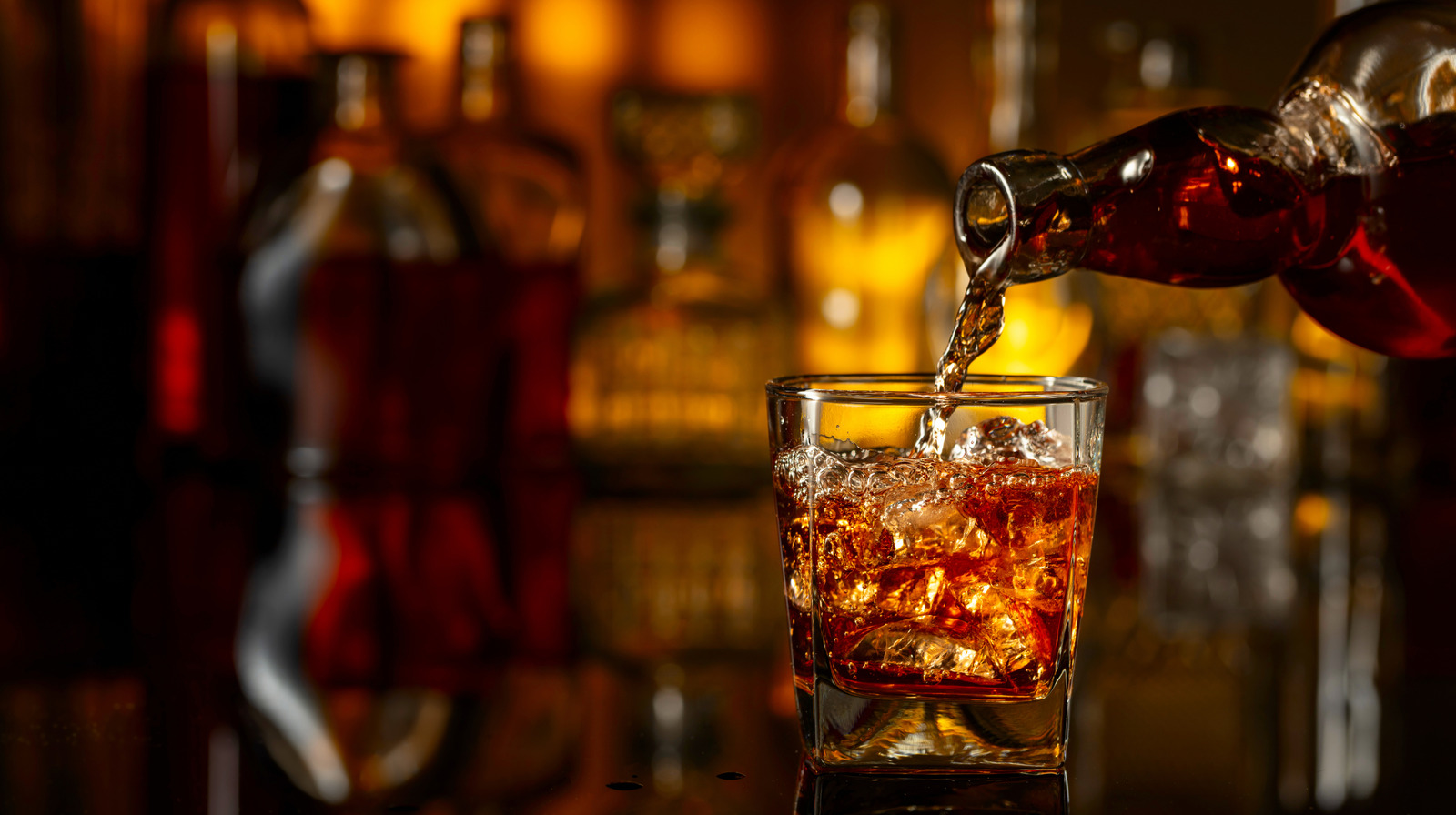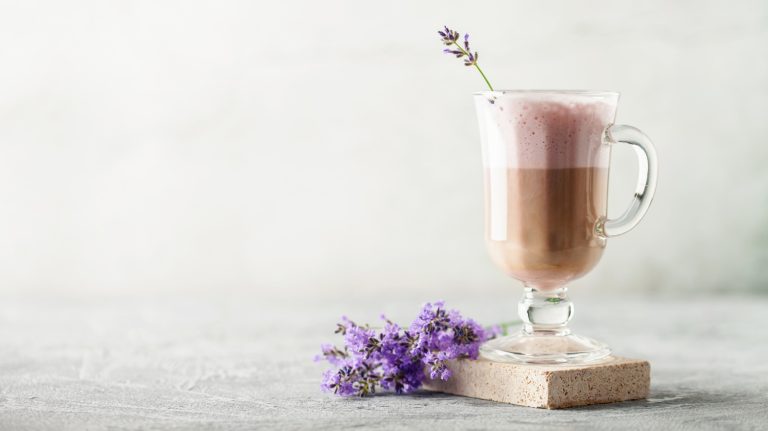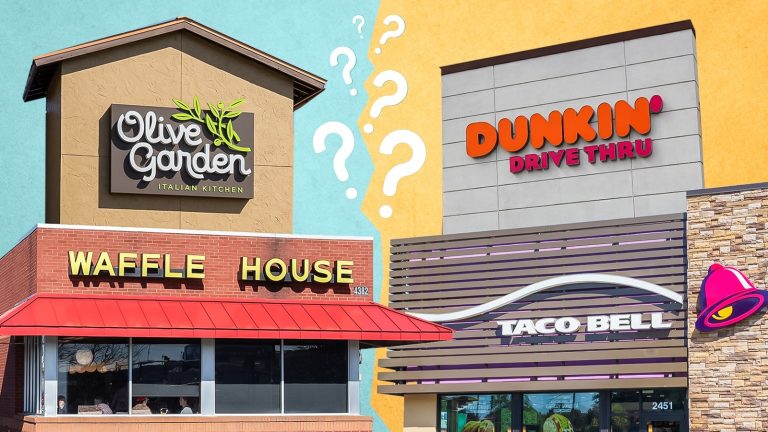When it comes to bourbon, marketing is king. Just look at how Johnnie Walker revitalized whiskey with its iconic “Keep Walking” campaign in 1999 or how Jack Daniel championed authenticity through crafting an identity firmly rooted in its hometown of Lynchburg, Tennessee. And distilleries across America have caught on, working with a bible of nifty hacks and storytelling spiels to trick you into splurging on their product.
By law, all bourbon is made the same way: A mash bill that’s at least 51% corn is aged in new oak barrels for at least two years. But after this process, some producers decide to “finish” their tipple in a second barrel, which previously contained another type of alcohol like wine, rum, or cognac. These drinks are rare, with complex, nuanced flavor profiles, so they often come with hefty price tags attached. The first cask-finished bourbon made by a major U.S. distiller was Booker Noe’s Distiller’s Masterpiece in 1999. It cost a whopping $200 — a price that would raise eyebrows even today. But it’s not always true that finished whiskey is of higher quality. For some producers, it’s a sneaky way to conceal flaws and hike up the price tag. In an exclusive interview with Chowhound, master distiller Lisa Wicker said: “It is hard to cover flaws with a finish. Bad in, bad out.” The lesson? Stay vigilant when you see “finished” on the label. While it’s sometimes a sign you’re in for a treat, it may also be a sneaky way to con you into splashing out extra dollars on poor-quality bourbon.
Whiskey finished in amburana wood can also hike prices, and not always for a good reason. Barrels made from this South American wood, which boomed in America in 2023, can cost producers up to twice as much as a standard oak barrel, but the finishing process can take just days as opposed to the usual months or years. The flavor is also divisive: What some see as a cinnamon roll, others consider an unpleasant potpourri, so it’s not hard to see why people feel the drink is a bourbon trend to avoid. A lot of craft distillers also mask a minimally aged whiskey through finishing it in special wood. But you can’t cut corners. Stellar bourbon takes time, and a lot of it, so make sure to read the fine print to find out about the drink’s history when purchasing pricey whiskey.
Other ways bourbon brands make you spend
There are currently more than 150 celebrity alcohol brands, from Beyoncé’s SirDavis whiskey to Drake’s Virginia Black to Derek Jeter’s Bespoken Spirits. What do they all have in common? Their price tag, of course. Rolling out the red carpet is a sure way to get drinkers on board. Again, however, it’s best to be wary of what you read on a label. While not all of them are gimmicks, there are cases where the star-studded name is ranking up sales rather than anything to do with what’s inside the bottle.
And if you really want to convince whiskey lovers to spend, you’ll have to offer something truly exquisite — a bourbon rare and sought-after, bearing the “limited edition” label. Let’s go back to 2023, when Sotheby’s auction house sold a bottle of Old Rip Van Winkle at, wait for it, $125,000. The sale broke records, but other high-end bourbons include The Last Drop 1980 Buffalo Trace, which retails for around $16,000, and Mitcher’s Celebration Sour Mash Whiskey, which can go for over $30,000. These spirits have all aged decades, and there aren’t many of them, so the combo of quality, craftsmanship, and exclusivity wins them an eye-watering price point. But make sure you’re getting the real deal. As rare whiskey prices soar, so do scams, with fraudsters conning buyers into spending on “limited edition” tipples that are, in fact, not limited edition at all but pretty run-of-the-mill stuff.
Deluxe, creative packaging can also make a drink stand out. The main goal of White Peak Distillery’s Claire Vaughn, for instance, was to produce a bottle she could see featured in a James Bond movie (via Verallia), and a bottle that grabs attention, prioritizes quality, and tells a story, is more likely to sell. But don’t be fooled: Just as you wouldn’t judge a book by its cover, don’t judge a bourbon by its bottle. The only true test of whether you’ve spent your money well is when you take that first sip.






